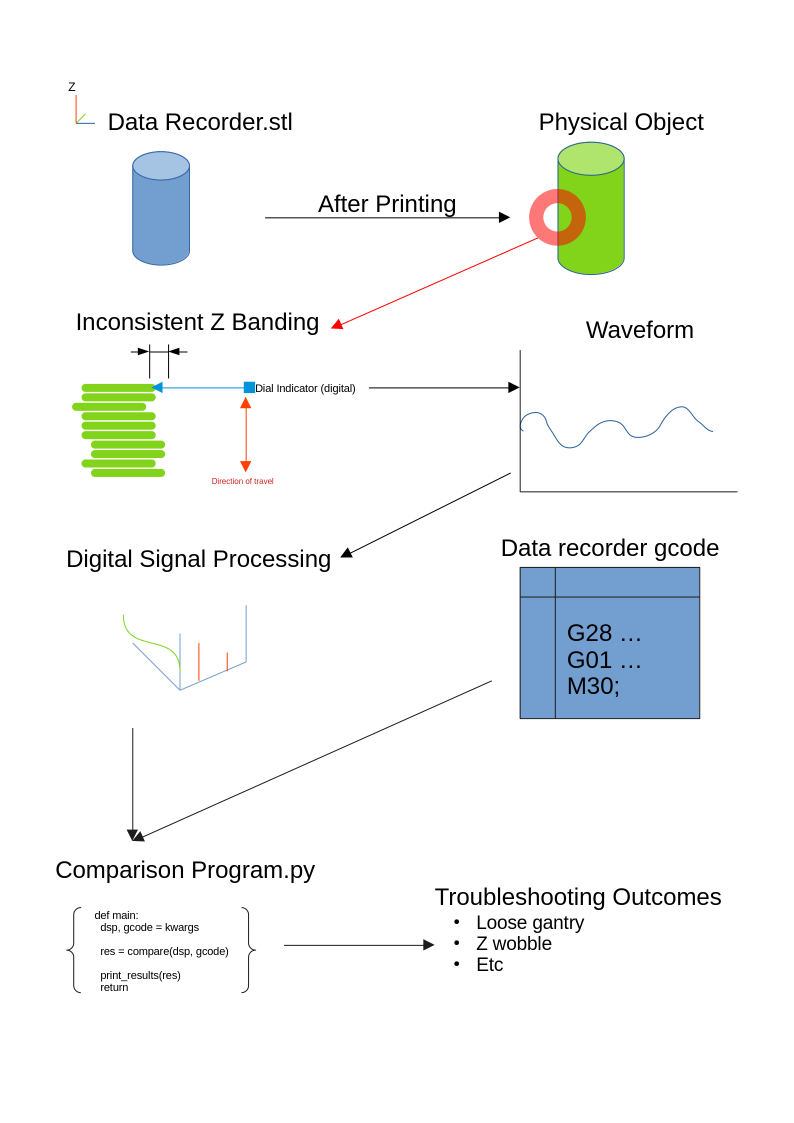3DPrinting
3DPrinting is a place where makers of all skill levels and walks of life can learn about and discuss 3D printing and development of 3D printed parts and devices.
The r/functionalprint community is now located at: or [email protected]
There are CAD communities available at: [email protected] or [email protected]
Rules
-
No bigotry - including racism, sexism, ableism, homophobia, transphobia, or xenophobia. Code of Conduct.
-
Be respectful, especially when disagreeing. Everyone should feel welcome here.
-
No porn (NSFW prints are acceptable but must be marked NSFW)
-
No Ads / Spamming / Guerrilla Marketing
-
Do not create links to reddit
-
If you see an issue please flag it
-
No guns
-
No injury gore posts
If you need an easy way to host pictures, https://catbox.moe/ may be an option. Be ethical about what you post and donate if you are able or use this a lot. It is just an individual hosting content, not a company. The image embedding syntax for Lemmy is 
Moderation policy: Light, mostly invisible
view the rest of the comments

Getting good data would be very hard, a dial indicator probably won't work very well with 0.2mm layer height and smaller. Maybe a laser would work better, but the amount of noise would be pretty high since 3D prints usually aren't as consistent to begin with.
A much better way this is done these days is an accelerometer on the print head. Then you can put the printer through a test program which wiggles the thing in different directions at different frequencies. The accelerometer can compare the expected result with the actual result and can pick out any weird oscillations or ringing of the machine. The data from this can then be applied when slicing, to compensate for the machine properties.
This is a pretty standard function on most high-end printers these days. And is even in reach for cheap machines, since you can buy USB accelerometers for this purpose. The downside of those is the USB cable skews the result a little bit, but if mounted permanently and the cable routing is done well it can work great.
And there is little reason to do input shaping on the start of every print unless you change the mass of the moving parts by a noticeable amount. And even then, it does nothing once the print starts. You get what you get anyway when the print is finished.
What would be better is if a printer could measure and adapt to the changing resonances as the printer was printing. But I suspect that ain't going to happen anytime soon due the complexity and the ultimate question: "How good does good enough really need to be."